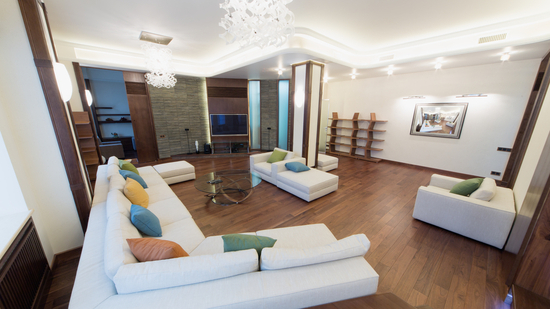
Liven up your dull spaces with the help of LED lights. Here’s everything you need to know.
Natural light is a blessing for interiors, infusing a lively and joyful energy into the space. It’s contagious, making you feel happy too. Much like you basking in the sun-kissed golden hour glow, when sunlight streams through your windows, the entire atmosphere of your home too feels vibrant, aesthetic and high-spirited, with a sense of openness.
Unfortunately, this is not the case everywhere. Not all homes are blessed with abundant natural sunlight, whether due to urban density, architectural constraints, or unfavourable orientation. But don’t let the sun-deprived areas keep you from the joy of bright interiors. Thankfully, modern lighting comes to the rescue and bridges this gap.
In an interview with HT Lifestyle, Ashish Kothari, Co-founder, Litomatic, shared smart modern lighting solutions that tackle the problem of sunlight-deprived, shaded homes.
Here are the lighting tips he shared:
Enhancing natural light with tunable LEDs
1. Mimic daylight dynamics: Tunable white LEDs replicate the natural shift in colour temperature—from warm tones in the morning and evening to cooler hues at midday—supporting circadian alignment.
2. Adaptive intensity: Dimmable LEDs adjust brightness in response to daylight levels, preventing over-illumination and reducing glare. For instance, a workspace with limited daylight benefits from LEDs calibrated to 2700K–6500K, maintaining visual clarity without overpowering ambient light.
Strategic placement for layered Illumination
1. Wall washing for depth: Linear LEDs placed along vertical surfaces soften contrasts and enhance daylight penetration.
2. Indirect cove lighting: Strategically positioned LEDs highlight ceilings, reducing harsh transitions between light and shadow. A gallery-style corridor with skylights, for example, can achieve even brightness by incorporating recessed wall washers that diffuse light across surfaces.
Smart sensors for daylight optimisation
1. Ambient light sensors: Automatically modulate LED output based on real-time daylight levels, ensuring energy efficiency.
2. Motion-responsive lighting: Ideal for transitional spaces, motion sensors prevent unnecessary illumination in areas with fluctuating occupancy. A sunlit living room, for instance, can use smart dimmers to lower LED intensity on bright

